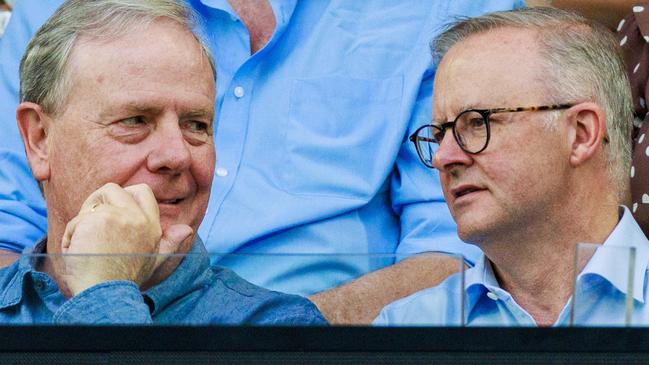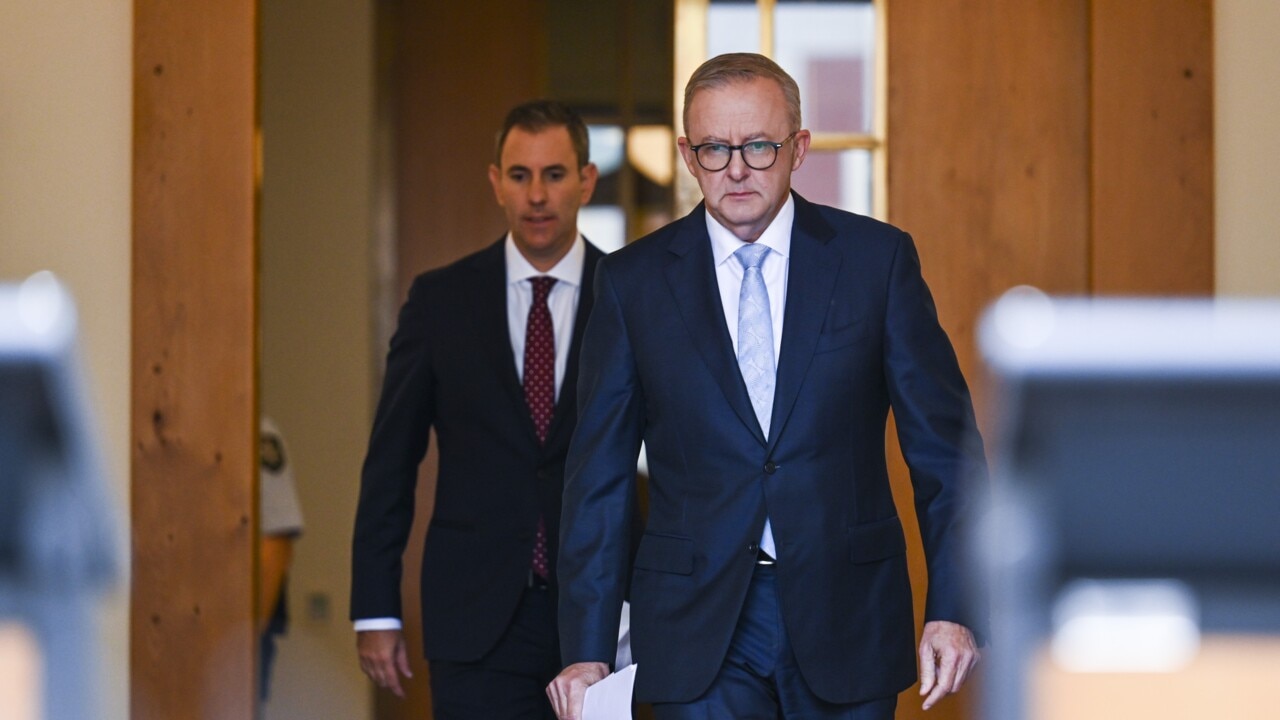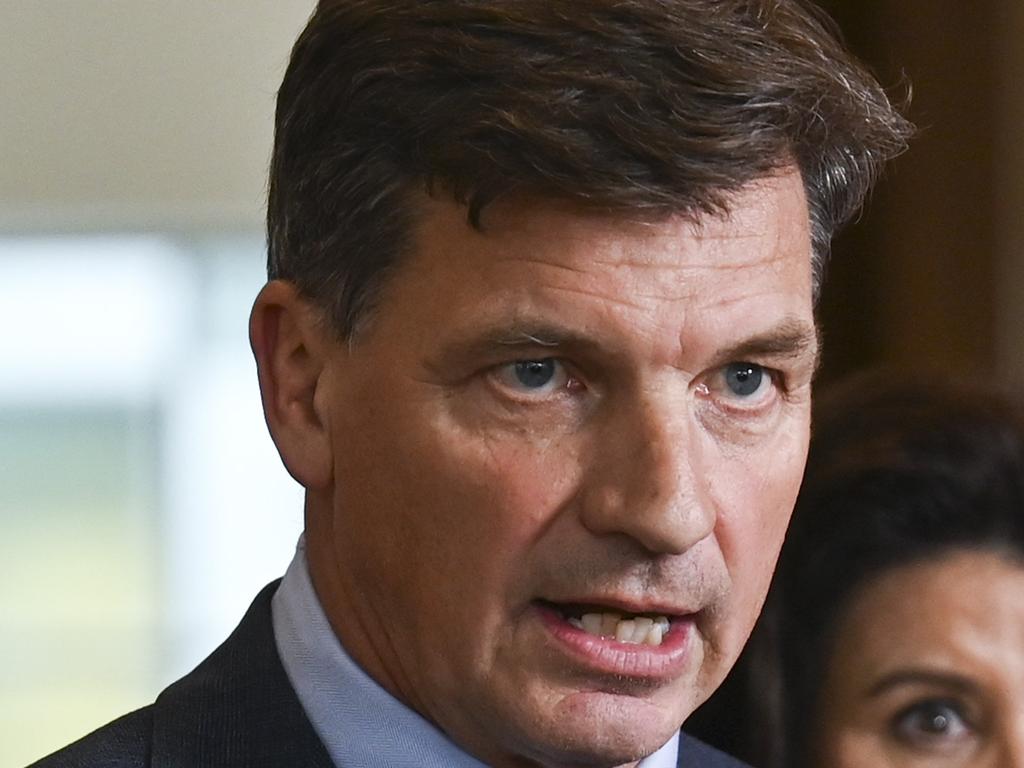
It is a political fact of life that most people have now forgotten the first two stages.
The key to the third stage was meant to be that it represented an important reform to the income tax schedule by introducing a greater degree of simplicity.
A majority of taxpayers would not face any change to their marginal tax rate as they earned more, did overtime or achieved a promotion. Recall here that a key feature was that a 30 per cent tax rate would apply to taxable annual incomes between $45,001 and $200,000.
The stage three tax cuts were meant to be a structural reform. They should not have been considered a cyclical response or a cost-of-living measure per se.
For taxable incomes above $200,000, the top marginal tax rate was to remain at 45 per cent (plus 2 per cent Medicare levy).
This figure was only a slight adjustment from the current top income tax cut-off of $180,000. It’s been $180,000 since 2007, when Peter Costello was treasurer!
Had the top income tax cut-off point been indexed – which is the practice in about half of developed economies – the current figure would be above $250,000 a year.
The reality is that Australia has one of the most progressive income tax schedules in the world, meaning those on higher incomes pay proportionately more tax as their incomes rise.
In fact, we are on a par with the Scandinavian countries. Only in Denmark is income tax revenue higher as a proportion of total tax revenue.
It’s really worth looking at the figures here. According to the most recent ones released by the Australian Taxation Office (for 2020-21), just over 4 per cent of those with incomes in the top bracket paid 35.4 per cent of all income tax revenue.
By any standards, this is extraordinarily progressive.
And here’s a further fact to consider – the proportion of income tax revenue the top income earners have been contributing has been rising year on year.
In 2015-16, for example, just over 3 per cent of income tax earners were in the top tax bracket, contributing 30.3 per cent of total income tax revenue.
Of course, $180,000 a year looks like a very high annual income on the face of it.
Yet if we look at other countries, the incomes at which their top marginal tax rates kick in are proportionately much higher. Think here of the US, Canada, Germany, Britain and others.
When the government talks about the global war for talent, it should be borne in mind that our income tax rates represent a major disincentive for those considering moving here.
There are plenty of countries with much more attractive income tax arrangements.
At this stage, it’s not clear whether the Albanese government will seek to walk back from the final stage of the tax cuts by dumping the $200,000 cut-off and rather retain the $180,000 figure, or make other changes.

It would be a mistake to change the threshold, although there would be extra revenue of some $3bn a year were it to do so. But the notion that the tax cuts “cost” the government is a very strange way of thinking of the issue.
The reality is that real household disposable incomes are being hammered not just by inflation and higher mortgage payments but also the rising income tax take. The government might have higher revenue but it’s at the expense of ordinary taxpayers.
As for the idea of increasing the tax-free threshold (it is currently $18,200), this would have a very slight impact on the disposable incomes of those affected. Bear in mind that those on very low incomes are generally in receipt of welfare payments, which are regularly indexed. It would be a largely symbolic measure.
The fact is that low-income earners contribute very little to overall income tax revenue, with those earning between $18,200 and $45,000 making up nearly 30 per cent of all income tax earners but contributing only 3.2 per cent of total tax revenue. This underlines the progressive nature of our income tax schedule, something altered only slightly after stage three tax cuts come into effect.
Labor voted for the three stages of the tax cuts when in opposition and committed to the final stage during an election campaign. Were the Albanese government to walk back from the stage three cuts, it would be breaking a promise and foregoing structural reform.








The staged income tax cuts legislated by the Coalition government came in three parts. The first two stages were directed at low- and medium-income earners; it was only the third stage that provided any benefits to those earning well above average incomes.